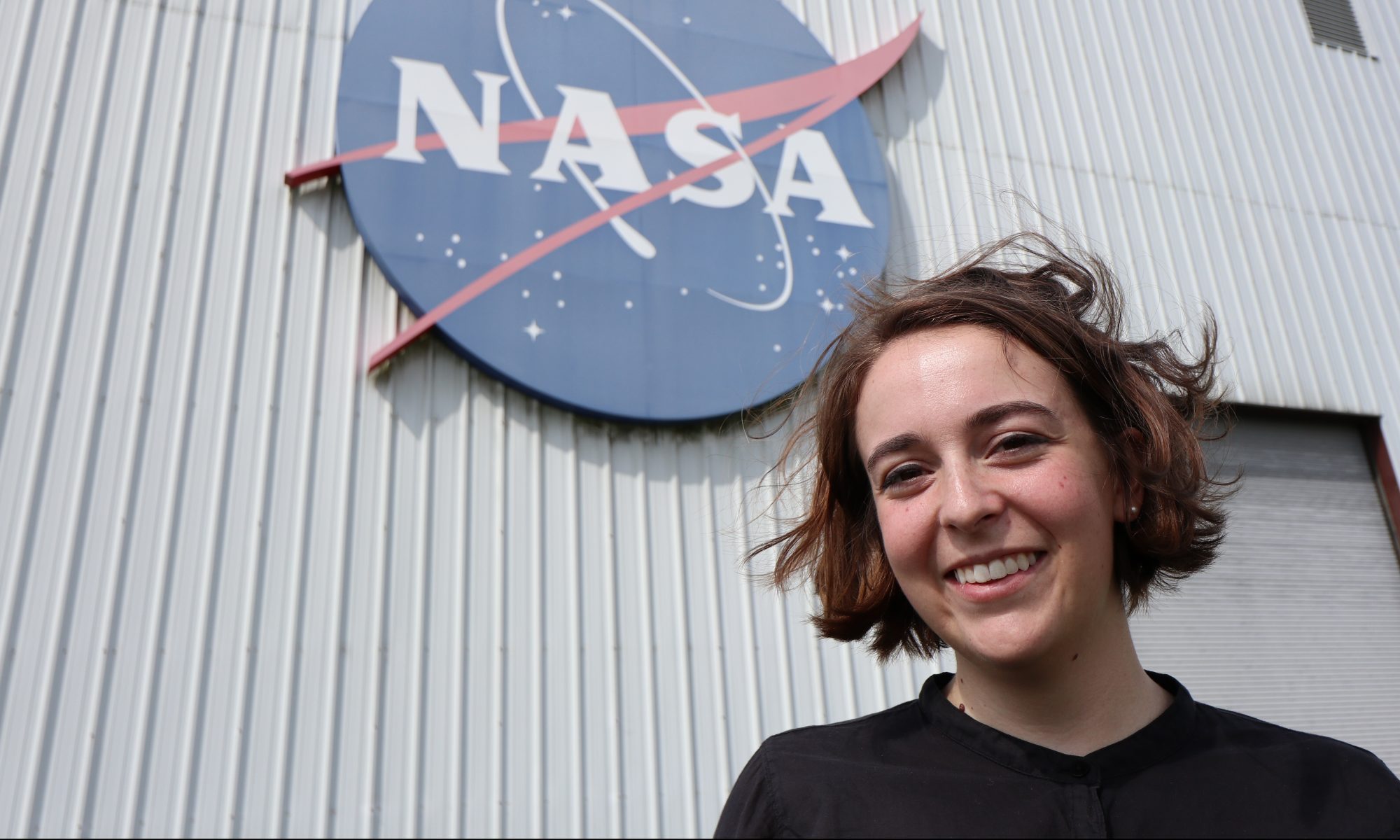As an industrial designer at NASA, Molly Harwood faces Herculean challenges.
Women are fortunately no longer a rare sight in technical fields. All the same, there are still plenty of gender stereotypes surrounding career choices – for example, whilst women reportedly like to use their imagination, men are said to be more practical. However, many jobs in industry combine these supposedly separate worlds. To be successful, you need to question the status quo and discover creative new solutions – which also means being inquisitive, giving things a go, and having fun tinkering about. American industrial designer Molly Harwood from NASA enjoys doing exactly that and has made it right to the top in her career. After engineering manager KJ Cocke and industrial engineer Fabiola Calderón, Harwood is the third inspiring female personality to feature in our series of posts dedicated to this topic.

Gaining a practical insight is key
Designing for extreme environments is one of the hardest things to do in design.
Harwood wasn’t always dead set on pursuing a technical occupation. Originally, her passion was drawing. “I studied at the Rhode Island School of Design and there I originally went for illustration,” says Harwood. “But I became interested in industrial design after I started to make things. I think my school places a really large emphasis on making and learning from hands-on experience.” This correlates with numerous studies, which illustrate that women in particular use their creativity and communication skills to solve engineering problems. It is vital that female students get an opportunity to gain an insight into the practical world of work, as this is often the very first step leading up to a career in one of the STEM subjects.

For Harwood, that initial taster was a light-bulb moment. After encountering industrial design for the first time, she was constantly on the lookout for new challenges. “I wanted to design things that were even more ‘extreme’ or efficient than what had gone before,” she says. Harwood was particularly drawn to the idea of enhancing the efficiency of products designed for harsh conditions. As a result, it seemed only natural for her to turn her attention to outer space, where extremely robust objects are less of an option and more of an absolute must if you want to survive. “I decided to take the position at NASA because it represented a huge challenge. Designing for such extreme environments is one of the hardest things to do in design,” she points out. “You never have all the details you actually need for the design and you don’t know what the astronauts will have to face under these kinds of conditions.”
Inspiring women to take up technical professions
New challenges emerge every day, and that’s what motivates me the most.
Such immense challenges were the perfect opportunity for Harwood to continuously expand her knowledge and fine-tune her skills as an industrial designer. Once again, Harwood’s experience matches reality. Attractive opportunities to develop abilities and climb the career ladder are key factors to retaining clever female minds in technical fields. Some of them may well balk at the idea of constantly having to come up with creative solutions for problems involving so many unknown variables but, in Harwood’s case, that’s exactly what spurs her on: “New challenges emerge every day, and that’s what motivates me the most.”
At the heart of it, designing for space is “very complicated and a very long process,” says Harwood. At the same time, her work is richly rewarded, particularly when she makes progress developing objects that help astronauts to capture data in outer space. After all, by doing so, she is playing a big part in helping us gain a better understanding of the universe. “Every day we get a little bit closer so that’s exciting. I’m really proud to be a part of it,” says Harwood.
Want to be bang up to date on the latest news from the world of technology? Simply subscribe to the item blog by completing the box at the top right!





